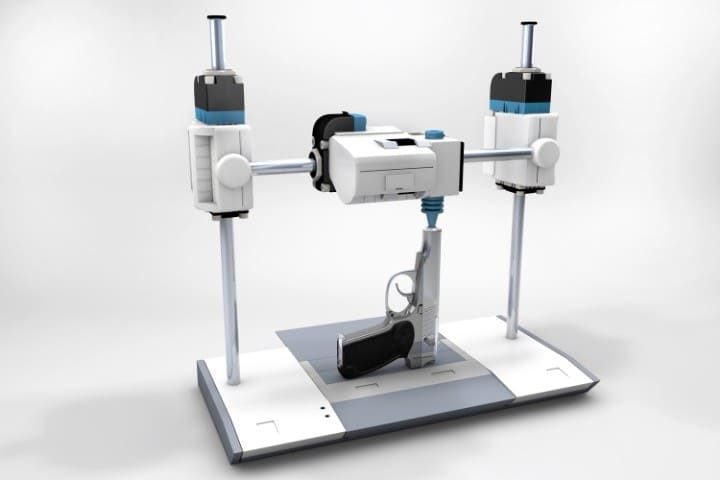
A man using the moniker “Kem” told Utica, New York’s WKTV how he scammed the local police department’s gun buyback program. He saw tweets exposing how people with 3-D printers were taking advantage of gun buybacks. He received a 3-D printer for Christmas and decided to seize the opportunity: print out some lower receivers in various calibers and turn them in for a reward.
Here is his story:
I 3D-printed a bunch of lower receivers and frames for different kinds of firearms….
[Utica Police Department officials asked] “How many firearms do you have?” And I said, “110.”
[Haggling began, and] it ended with a guy and a lady from the budget office finally coming around with 42 gift cards and counting them in front of me … $21,000 in $500 gift cards.
New York’s Attorney General Letitia James, recently in the news over her politically motivated lawsuit against Donald Trump, was delighted with the “success” of the Utica buyback effort:
New York Attorney General Letitia James announced that 296 firearms, including 177 ghost guns, were turned in to law enforcement at a gun buyback event hosted by her office and the Utica Police Department….
“Gun violence is a scourge that devastates neighborhoods and endangers New York families,” said Attorney General James. “Gun buybacks, such as the one we hosted yesterday, are one of the many ways I am working to combat this crisis, reduce crime, and protect New Yorkers from harm. Every gun that was turned in is a potential tragedy prevented and a potential life saved, and I thank the Utica Police Department for their invaluable support and collaboration.”
“Kem” scorned her celebration:
I’m sure handing over $21,000 in gift cards to some punk kid after getting a bunch of plastic junk was a rousing success….
Gun buybacks are a fantastic way of showing, number one, that your policies don’t work, and, number two, you’re creating perverse demand.
You’re causing people [like me] to show up at these events, and, they don’t actually reduce [gun] crime whatsoever.
“Kem” is exactly right. Keith Taylor, an adjunct professor at John Jay College of Criminal Justice, called such programs a waste of taxpayer money:
It’s a waste of resources if the entities that are sponsoring [gun buyback programs] believe that it’s going to have a positive effect on reducing crime.
But it’s great for gun owners seeking to offload worthless, rusty, nonworking firearms at taxpayers’ expense:
But if the purpose is the provide a means for individuals to get rid of weapons from their households that they don’t want to have anymore, it absolutely is a good option.
Mark Anderson, professor of economics at Montana State University, went further:
Who’s choosing to turn their gun in? It’s probably not the person on the margins whose gun we’re trying to get off the street.
That gun from Grandpa is not the one that is going to be involved in a crime….
But such “successes” do make for great PR, as indicated by the boast above by Attorney General James.
Not every gun turned in “is a potential tragedy prevented,” as James claims. Of the 177 “ghost guns” — i.e., 3-D printed ones — at least 110 of them were manufactured just for the occasion.
James’ PR statement said nothing about that. However, when her office was informed about “Kem” and his scam that cost Utica taxpayers $21,000, the agency took umbrage: “It’s shameful that this individual exploited a program that has successfully taken thousands of guns off the streets to protect our communities from gun violence.”
They added, “We have adjusted our policies to ensure that no one can exploit this program again for personal gain.”
But what about the exploitation of taxpayers funding a scam that has virtually no measurable impact on gun violence, but instead serves as just one more way to promote the canard that guns cause crime — not the criminals using them?



